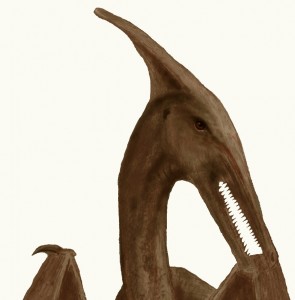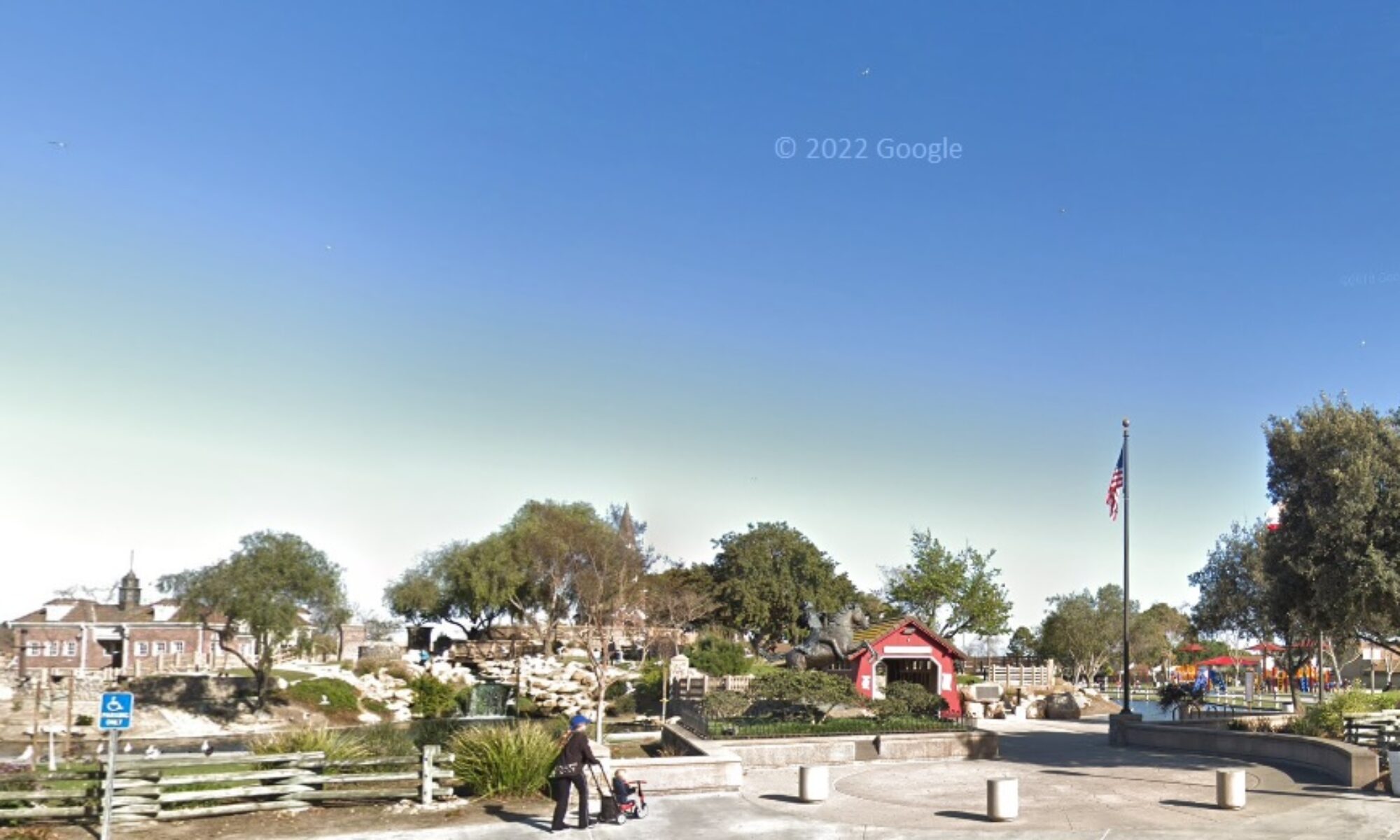Dale Drinnon, a cryptozoology researcher, sometimes comes up with an idea to discredit eyewitness reports of modern living pterosaurs, including the idea that people are observing Manta ray fish, or other kinds of rays, that jump out of the water. He has also suggested that sightings come from misidentified Hornbill birds. More recently, he has suggested that two sightings in Cuba, a few decades ago, may have come from misidentifications of a rare woodpecker; he suggests the eyewitnesses were influenced by Flintstones cartoons, or something similar, regarding their descriptions of what they had seen. I have found a number of problems with all those ideas.
But before we look at Flintstones cartoons, we need to take Mr. Drinnon’s conjecture in perspective. In his Frontiers of Zoology blog, on April 23, 2012, he published a post titled “Cuban Pterosaurs?,” which was about two eyewitness sightings of apparent pterosaurs in eastern Cuba.
Introduction to the “Gitmo Pterosaur”
It was about 1965, on the U.S. military installation in Guantanamo Bay, Cuba, when Patty Carson encountered the “dinosaur” that had teeth, a long horn-like head crest, and large wings. Perhaps the children had woken up the creature from a daylight sleep in the scrub vegetation; they had no idea it was hiding there until it stood up and stared at them. The creature had no feathers, but it did have a long tail ending in a “diamond shaped tip.” The children were relieved when the “dinosaur” flew away, for “it was as tall as a man when it stood up.” I interviewed Patty Carson extensively, beginning in the spring of 2011.

Sketch by the eyewitness Patty Carson
.
One clear day in 1971, also in Guantanamo Bay, Cuba, the United States Marine Eskin C. Kuhn was taking a break outside, by himself, when he observed two “pterodactyls” flying together, not far away from where he was standing. He reported they were flying “at low altitude, perhaps 100 feet [high].” He also said, “The Pterosaurs I saw had the short hind legs attached to the rearward-most part of the wing, and they had a long tail trailing behind with a tuft of hair at the end.” I gave Mr. Kuhn a surprise phone call on February 26, 2010, and our conversation confirmed to me his credibility.

Sketch by the eyewitness Eskin Kuhn
A major point of these two sketches is that they were both drawn by eyewitnesses who carefully watched large flying creatures in eastern Cuba, in 1965 and in 1971, so the similarities strongly suggest they were of the same kind of creature, quite possibly the same species. Both Carson and Kuhn stared at these flying creatures intently, taking into their memories the characteristics that they would later put onto paper in their sketches.
Flintstones Cartoon Hallucination?
When is the last time you took a walk in a park and had the following kind of experience? You see a crow flying overhead and your favorite television program causes you to hallucinate and think you saw a pterodactyl. You never had that experience? Why believe that anybody else had such an experience?
If it seems strange that one person would have a pterosaur-hallucination from watching television, what about two persons having the same hallucination from watching the same television program? How ridiculous!
I suggest that Mr. Drinnon has himself been caught up in a fantasy by believing that other persons are the victims of television-caused mental aberrations. When two persons saw the same thing, at the same general place, it’s because they saw something real. If television cartoons caused mass hallucinations, I think somebody would have found some evidence for that.
.
Woodpeckers, Flintstones, and Long-Tailed Pterosaurs
How far some skeptics will go to find a non-pterosaur explanation for pterosaur sightings! Featherless long-tailed flying creatures with long bony head crests are not misidentifications of woodpeckers . . .
.
News Release: Pterodactyl in Cuba
Retired forensic videographer Jonathan Whitcomb, of Long Beach, California, used to interview accident victims for attorney firms; now he interviews only eyewitnesses of apparent pterosaurs, what many Americans call “pterodactyls.”
.


